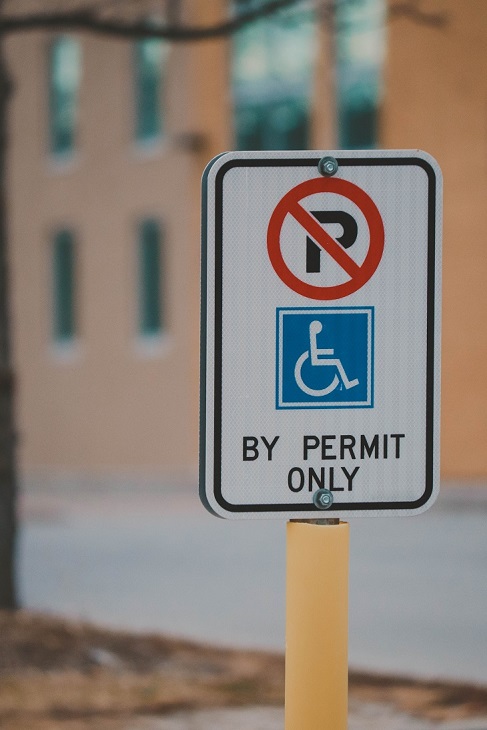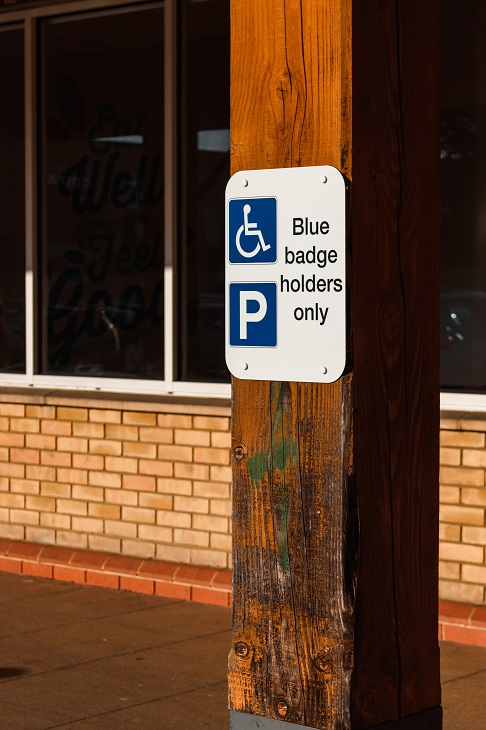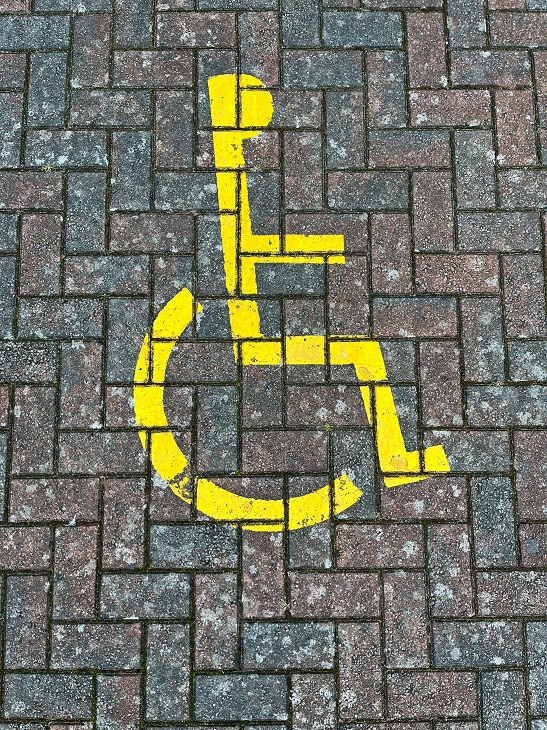New Jersey’s disabled parking program aims to improve accessibility and promote equality throughout the state. The Garden State’s disabled parking infrastructure serves both New Jersey residents and visitors to the state. So, what are the qualifying conditions for a disabled parking placard in New Jersey? Let’s dive into everything you need to know.
Qualifying Conditions For A Disabled Parking Placard In New Jersey
What qualifies you for a disability placard in NJ? If you are disabled in any of the following ways, you will qualify for a New Jersey disabled parking permit:
- You have lost the use of one or more limbs as a consequence of paralysis, amputation, or other permanent disability.
- You are severely and permanently disabled and cannot walk without the use of or assistance from a brace, cane, crutch, another person, prosthetic device, wheelchair or other assistive device.
- You suffer from lung disease to such an extent that your forced (respiratory) expiratory volume for one second, when measured by spirometry, is less than one liter, or the arterial oxygen tension is less than sixty mm/hg on room air at rest.
- You use portable oxygen.
- You have a cardiac condition to the extent that your functional limitations are classified in severity as Class III or Class IV according to standards set by the American Heart Association.
- You are severely and permanently limited in the ability to walk because of an arthritic, neurological, or orthopedic condition.
- You cannot walk two hundred feet without stopping to rest.
- You have a permanent sight impairment of both eyes as certified by the N.J. Commission of the Blind.

What Types Of Medical Professionals Can Certify A Disabled Parking Application In New Jersey?
The following types of medical professionals, licensed to practice in the State of New Jersey or a neighboring state, can certify an application for disabled parking in New Jersey:
- Physician
- Podiatrist
- Chiropractor
- Nurse practitioner
- Physician assistant
- A physician stationed at a military or naval installation located in New Jersey who is licensed to practice in any state
What Types Of New Jersey Disability Placards Are Available?
The following types of disabled parking permits are available in New Jersey:
- Permanent disabled parking placard (available to individuals and to organizations, agencies, and groups that transport disabled people)
- Permanent disabled parking license plates
- Temporary disabled parking placard
- Disabled Veterans license plates
Who Qualifies For A Disabled License Plate In New Jersey?
You will qualify for a disabled parking license plate in New Jersey if you have a disability that is considered to be long-term or permanent. If you have a qualifying medical condition, you can choose from one from the following three options:
- One set of wheelchair symbol license plates
- One person with a disability placard
- One set of plates and one placard
A “Person with a Disability Identification Card” is issued with license plates and placards. This ID card must be carried by the disabled person in conjunction with the license plates/placard when they are using disabled parking.
How Do I Get Disabled Parking In NJ?
To get a disabled parking permit in New Jersey, you’ll first need to have a medical consultation with a licensed medical professional. This can be done online using a telemedicine app such as Dr. Handicap.
Once your disability has been verified by the examining medical professional, they will sign a handicap placard NJ application form and email it to you within 24 hours. You should then complete the application form and submit it either in person at a motor vehicle agency or by mail to:
New Jersey Motor Vehicle Commission
Special Plate Unit
225 East State Street
PO Box 015
Trenton, NJ 08666-0015
If you’re applying for a disabled parking license plate, you must include a copy of the vehicle registration with the application.
How Much Does A New Jersey Disabled Parking Permit Cost?
Good news: there is no fee for disabled parking placards or license plates in New Jersey.
When Do New Jersey Disabled Parking Permits Expire?
New Jersey Temporary disabled parking placards expire after six months. Permanent disabled parking permits in New Jersey expire after three years. Wheelchair symbol license plates must be renewed every year as part of the statewide renewal process.
Do I Need Recertification When Renewing My New Jersey Disabled Parking Permit?
When renewing any type of New Jersey disabled parking permit, you must get new medical certification. This will be after six months in the case of temporary permit holders, and after three years for permanent permit holders. To renew, simply submit a new application form to the above address.








